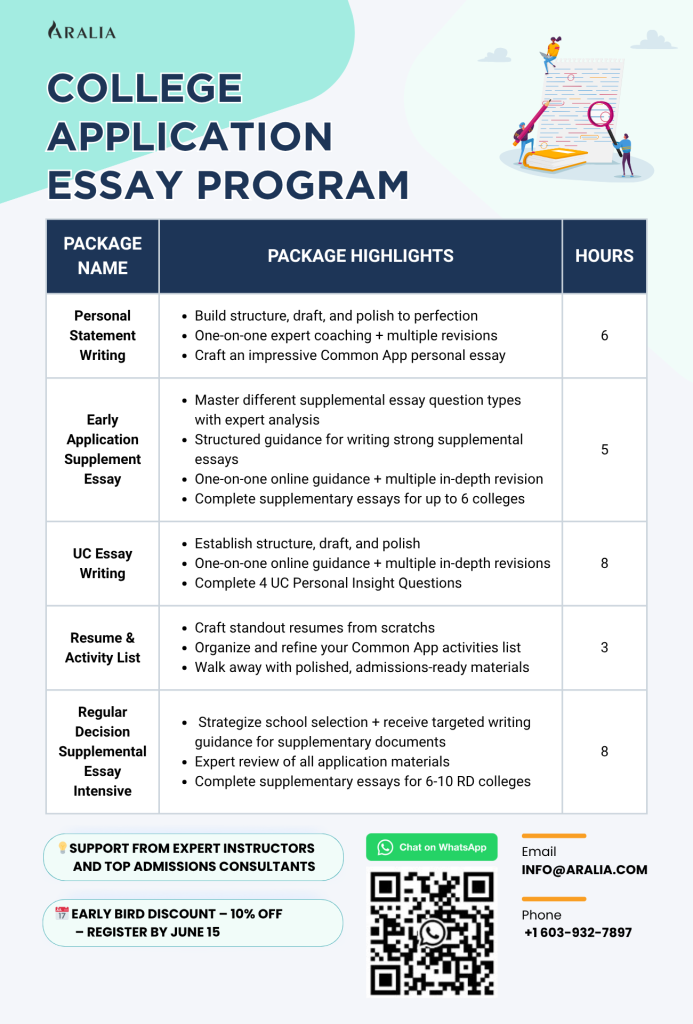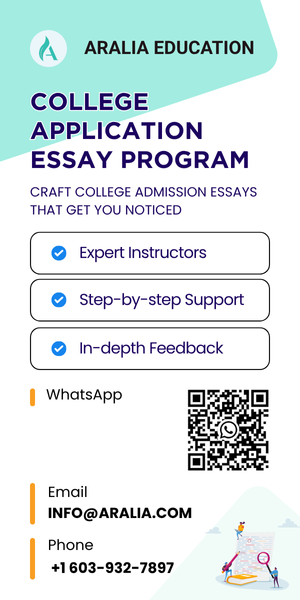For seniors, it’s crucial to read carefully and make a well-informed decision because the college application begins this November! For sophomores and juniors, it’s never too early to start learning about both application options, allowing you to plan strategically from the outset. Let’s join Aralia in exploring the key differences between Early Action and Regular Decision!
1. Overview of Early Action and Regular Decision
What is Early Action?
Early Action is an application process that allows students to apply to colleges earlier than the standard timeline, usually by November, and receive their admission results ahead, often by December. The best part? It’s non-binding, which means even if you’re accepted, you’re not required to commit right away. This option allows students to express their strong interest in a school while keeping their options open to compare offers later on. It’s specifically helpful for those who like to plan ahead or want to reduce the stress of waiting for months to hear back.
What is Regular Decision?
Regular Decision is the traditional application route that typically has a January deadline. Decisions usually come out in March or April, giving applicants enough time to review all offers before making their final choice by May 1. Students applying this way have more time to polish their applications, improve grades, or retake standardized tests before submitting. While it’s a longer wait, Regular Decision is ideal for those who need extra preparation time or want to apply to multiple schools without the early deadlines.
Want to Improve Your GPA in Middle School or High School?
2. Benefits and Drawbacks of Applying Early Action and Regular Decision
Early Action can be a great choice for students who have their materials ready early and want to get ahead in the college admissions process. Students who apply early often have stronger academic records by junior year, which can help their chances at more selective institutions. Other benefits of applying early are:
- Reducing stress: You can receive an admission decision months earlier, sometimes as soon as December, instead of waiting until spring.
- Saving time and expense: Receiving a decision early saves you the time and expense of submitting multiple applications. Students and parents also have more time to look for housing and prepare themselves for college.
- Allowing you to explore multiple schools at once: Early Action is non-binding; therefore, you don’t have to commit right away if accepted. If not accepted, you still have enough time to reassess other options and apply elsewhere.
However, the earlier deadlines can also mean:
- Less time to polish essays, gather recommendations, and show any improvements in senior-year grades.
- Since most Early Action applications are due in November, students must manage their time carefully to ensure everything is complete on time.
Regular Decision, by contrast, provides specific benefits:
- More time to strengthen your application: You can use senior-year grades, new test scores, or updated extracurricular achievements to make your profile stand out.
- More flexibility: Regular Decision also lets you apply to multiple schools freely and evaluate scholarship and financial aid offers before committing. This level of flexibility can be crucial for students exploring different college options or balancing financial considerations.
The trade-off is a longer wait and a more competitive pool, since many colleges fill part of their freshman class with early applicants.
Regarding the admission rate, the acceptance rate in early admission rounds is higher than in the regular application round, according to statistics from Forbes Magazine 2024. Most Ivy League schools like Harvard and Yale admit roughly two to four times more students through early rounds than during the regular application process. Harvard’s early acceptance rate is around 8.74% versus 3.59% regular, and Yale’s 9.02% versus 3.7%. Still, Regular Decision is a great fit for those who need extra time to refine their applications and make an informed choice.
3. Should You Apply Early Action or Regular Decision?
Apply Early Action is best suited for students who are confident in their college choice, have already done thorough research, and have strong academic records, such as a high GPA and test scores. These students are usually well-prepared and want to benefit from an earlier admission decision without the pressure of a binding commitment.
Regular Decision is more appropriate for students who need extra time to strengthen their applications, improve grades, or consider multiple colleges to compare offers and financial aid packages. This pathway fits students who want a more comprehensive view of their choices and prefer not to rush their decision-making process.
Enroll in Aralia’s AP Preparation Classes
4. Other College Application Deadlines
Beyond Early Action and Regular Decision, there are other important application deadlines students should consider. These varied deadlines offer different levels of flexibility, commitment, and timing that students should weigh based on their readiness and preferences. The following table defines essential deadlines and requirements for each route that you should consider to wisely plan your application:
| Round | # of colleges | Deadline | Decision | After admission |
|---|---|---|---|---|
| Regular Decision (RD) | Unlimited | Jan | Mar – Apr | Having the option to select the college to attend |
| Early Decision (ED) | 1 | Nov | Dec | Commit to enroll in the ED college |
| Early Action (EA) | Many | Nov | Dec – Jan | Having the option to select the college to attend |
| Restrictive Early Action (REA) | 1 (for the early application round) | Nov | Dec – Jan | Non-binding commitment |
| Rolling Admission (RA) | Unlimited | Sept – Apr | Rolling | Having the option to select the college to attend |
Introducing: Aralia’s College Application Essay Program
Enjoy a 10% discount on any single class or class bundle!
🧭 Aralia’s Lead Instructors
- Guided hundreds of students to admission at top U.S. universities, including Princeton, Yale, University of Chicago, and Williams College
- Achieved a 100% acceptance rate for students to one of their first-choice schools.
- Coached students who earned scholarships and admission to prestigious global universities such as Oxford, Cornell, UCL, NYU, and Parsons School of Design
🧭 Who Should Join?
This program is perfect for students aiming for admission to top universities who want to make their personal statements stand out. It’s designed for students who are ready to strengthen their essay-writing skills through drafting, feedback, and revision.










